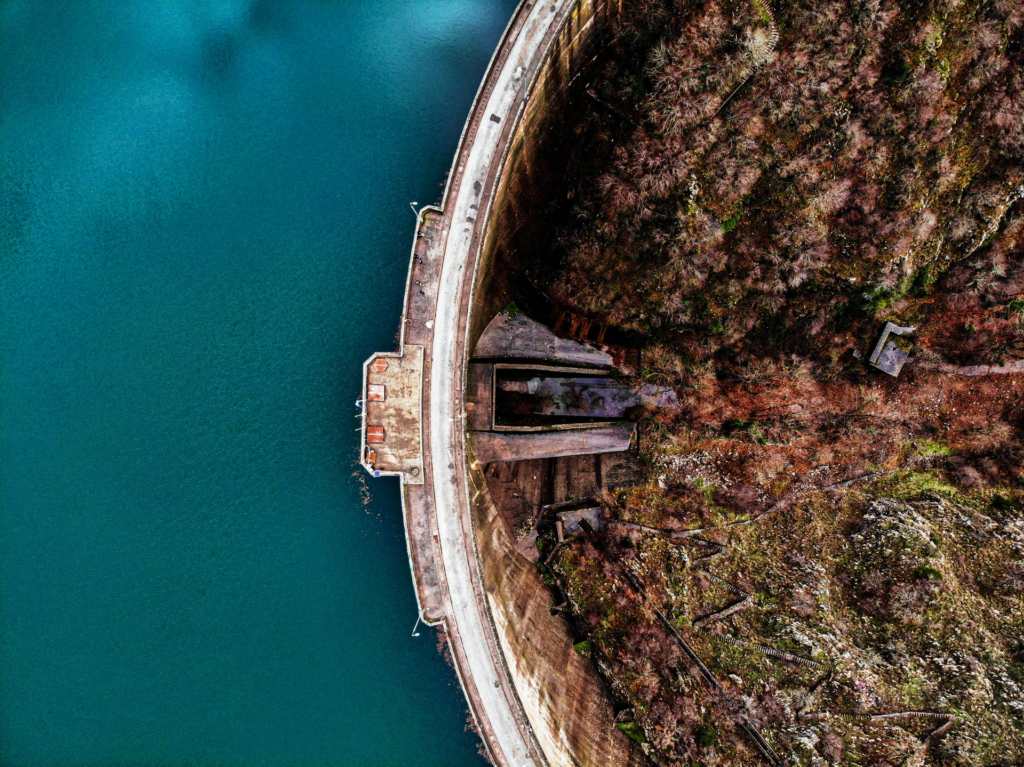(par 4.2.4.2.1.1) Environmental impact of Reservoirs

http://en.wikipedia.org/wiki/Environmental_impact_of_reservoirs From Wikipedia, the free encyclopedia The Wachusett Dam in Clinton, Massachusetts. The environmental impact of reservoirs comes under ever increasing scrutiny as the global demand for water and energy increases and the number and size of reservoirs increases. Dams and reservoirs can be used to supply drinking water, generate hydroelectric power, increase the water supply for irrigation, provide recreational opportunities, and improve certain aspects […]
(par 4.2.4.2.1.1) Lake ecosystem (taken from wikipedia)

http://en.wikipedia.org/wiki/Lake_ecosystem From Wikipedia, the free encyclopedia A lake ecosystem includes biotic (living) plants, animals and micro-organisms, as well as abiotic (nonliving) physical and chemical interactions.[1] Lake ecosystems are a prime example of lentic ecosystems. Lentic refers to stationary or relatively still water, from the Latin lentus, which means sluggish. Lentic waters range from ponds to lakes to wetlands, and much of this article applies to lentic ecosystems in general. […]
(par 4.2.4.1) Clams, Mussels Clean up Ocean Pollutants

http://www.natureworldnews.com/articles/8682/20140822/clams-mussels-clean-up-ocean-pollutants.htm By Jenna Iacurci Aug 22, 2014 05:32 PM EDT They may not have brooms, mops or even arms, but bivalves – such as clams, mussels and oysters – make good underwater maids, a new study suggests. (Photo : Pixabay) They may not have brooms, mops or even arms, but bivalves – such as clams, […]
